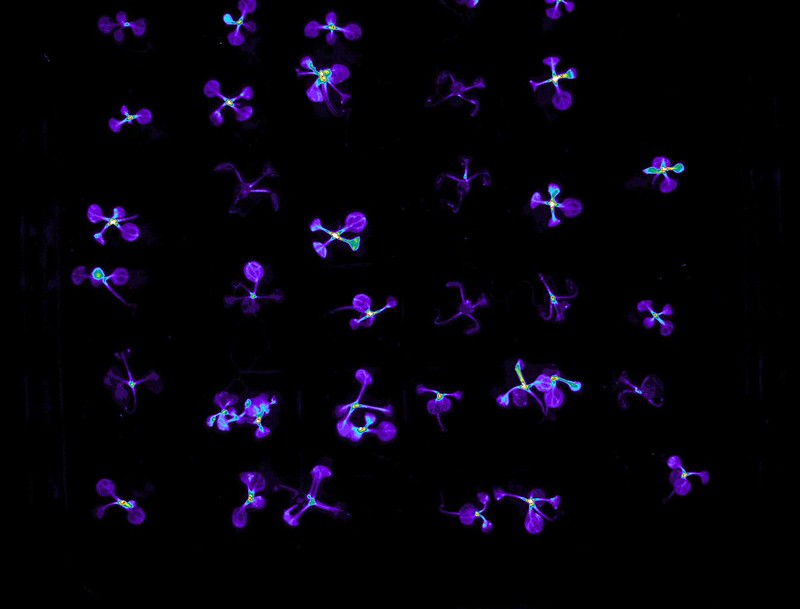When a living thing produces its own light, as if to glow in the dark, this is called bioluminescence. Bioluminescence has been captivating human attention since Aristotle first described the phenomena in 350 BCE. From the brilliant blues and greens in Bio Bay, Puerto Rico to the familiar warm yellow of a firefly, examples of nature’s glow is evident across species and throughout a variety of environments. It wasn’t until the late 20th century that we began to understand the science behind bioluminescence, and with greater understanding came greater power. One of the most transformational biomedical innovations of the 20th century was the use of bioluminescence in medical techniques that allowed scientists to trace, map, and track the body’s processes in a completely new way.
However, there are some limitations to the use of bioluminescence in medicine. Bioluminescence is caused by certain proteins belonging to a group called luciferases. However, these proteins are hard to work with because they are large and unstable.. Now, enter NanoLuc (NLuc for short), a luciferase system that has been optimized since 2000 to be smaller and more stable. In 2012, NLuc hit the bioluminescence market, and within the last 3 years has there been enough data to determine if this new, smaller system is effective and useful in medicine. .
Getting a luciferase system to glow in the laboratory is a lot like baking a good cake: it requires specific ingredients mixed together in an important order, and a lot of care and attention. Just as a cake requires ingredients like eggs, water, oil, sugar, and flour, the Nanoluciferase system requires the Nano luciferase protein, a special chemical that can react with oxygen, and plenty of oxygen. A luciferase system creates light through a chemical reaction known as an oxidation: a reaction where a chemical loses electrons (and typically gains an oxygen molecule).
When engineering the NLuc system, scientists had to create a special gene for the new NLuc protein and put that gene into the bacteria E. coli. The E. coli cell then reads that gene as it does with any other gene to mass-produce the NLuc protein for isolation, testing, and use. Next, the scientists had to find the right chemical to oxidize, and based on previous research and existing bioluminescence technology, they decided to use a substance called furimazine. Furimazine looks extremely similar to the previous chemicals used in other luciferase systems up until this point, so it naturally made a very good fit into this system. Once the scientists discovered all the parts of the puzzle, they began to experiment with the NLuc system. They modified the NLuc protein to bind to a lot of different molecules and chemicals so that they could see different structures and track different molecules in active, living cells rather than having to destroy the cells first to study their contents. This allowed significant imagining advancements in the biological and biomedical sciences.
Since its invention and commercialization, NLuc has been used extensively when looking at how proteins interact with drugs and other important biological chemicals, as well as for assessing how healthy a cell is and how well it is functioning. It is also extremely helpful for researchers trying to make images of important molecules. Many of those wonderful cellular images that are found in textbooks and across the internet were captured after using the science of bioluminescence and the NLuc system. For all the good the Nluc system has done, scientists feel there are still some important areas for improvement. For example, when using the NLuc system to image living cells, it can produce some by-products that interfere with important observations and lead to some erroneous results.
Along with NLuc’s smaller size and greater stability, it is also a bioluminescence system that isn’t limited to use in mammals, and has shown promise in experiments on bacteria and viruses, such as those that cause illness. . It has even been used to study Alzheimer’s and HIV. This new technology is beginning to transform what we know about medicine and biology.


